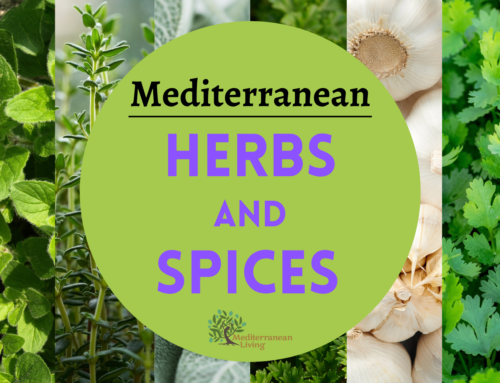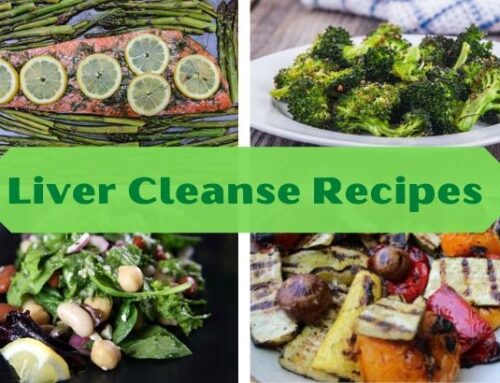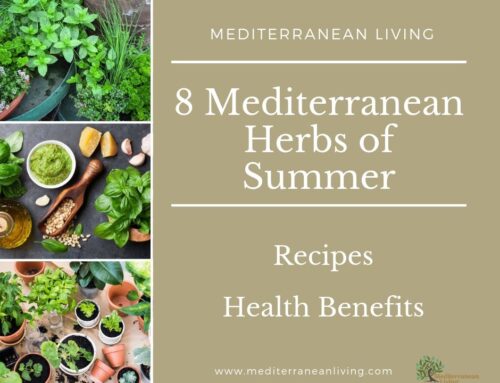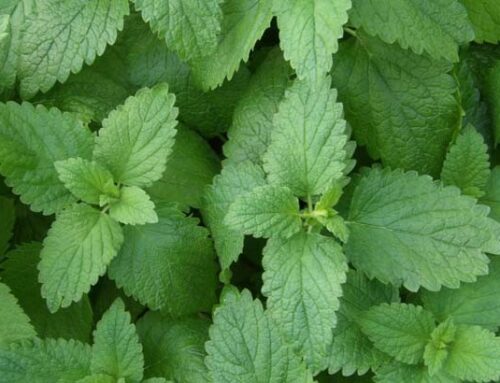Fennel: Feathery And Flavorful, For Feasting or Fasting
By Christine Kenneally
Updated April 8, 2015
I didn’t know how much I loved fennel until I started researching it for this article- learning why is it so healthy, and how is it used in food. Of course, I had to partake of some delicious fennel for inspiration.
Admittedly, not everyone enjoys the taste of fennel, which derives its flavor from a compound called anethole. This compound is also found in anise and star anise, and is similar (though milder in comparison) to the potent flavor of licorice. I personally love fennel, but my husband, unfortunately, doesn’t love it, to put it lightly. It’s flavor can be described as mild, aromatic, and slightly sweet. Roasting slices of fennel bulb helps the flavors to mellow, and also softens it. This results in the flavors combining quite well with other ingredients. I used this method to great success-even my licorice-hating husband loved it!
Of course, there are many delicious ways to eat raw fennel. Fennel salads and slaw make a delicious summer side dish. However, In the very beginning of spring, with the chill still thoroughly in the air, I’m much more interested in eating warm food, and roasted fennel hits the spot.
Fennel (foeniculum vulgare) is indigenous to the Mediterranean, where it grows rampant and wild. It is now grown (both wild and cultivated) in many other parts of the world. The cultivated variety has a milder flavor than its wild counterpart. Fennel is a member of the celery family and has beautiful bright yellow flowers in season.
Every part of the plant can be used in cooking: the bulb, the stalk, the leaves (or fronds), and the seeds. This makes fennel especially appealing to anyone who would like to avoid food waste. The bulbs can be sliced thin and roasted, stir-fried, or used raw in salads. The stalks can be eaten raw like celery, or sliced thin and stir fried like an onion. The fronds are so beautiful and delicate that they are most often used as a garnish, adding a bright beautiful feathery green accent and a delicate, slightly sweet and aromatic flavor to any food. The fronds can also be showcased simply for their looks, by putting them in a vase, either alone or with a bouquet of flowers. Speaking of showcasing fennel, one of the most popular appetizers in Italy is pinzomonio, an assortment of gorgeous vegetables such as radish, celery, carrot and fennel. It’s arranged elegantly in a bowl with a little ice to keep cool and served with a delicious olive oil dipping sauce.
Fronds, stalks and bulbs of fennel can all be great additions to a fresh juice, or to a stock. Freeze them and they’ll be available whenever you need them.
The seeds have a strong flavor, and are often used in breads, desserts, or to make tea. Fennel seeds, either sugar coated or plain are a popular after dinner snack in India and the Middle East.
This Middle Eastern tradition points to the fact that fennel seeds are beneficial to digestion, and also help to freshen the breath. Fennel is such a wonderful herb for digestion, that many mothers drink fennel tea before breastfeeding to relieve their babies of colic.
Fennel’s antispasmodic, soothing properties help to relieve gas, bloating, constipation, and even menstrual cramps. It is also used to treat coughs and upper respiratory congestion for this same reason. If you are interested in reading more about any of these topics, check out the study links at the bottom of this article.
Fennel is one of the three main ingredients used in the production of absinthe, along with anise and wormwood. Absinthe, which originated in Switzerland in the late 18th century, is a distilled spirit with a high alcohol content (as high as 148 proof). It is green in color and has been the source of much controversy throughout history. It was once thought to have psychoactive and hallucinogenic properties, and was banned in many countries, but those myths have been disproven and in the 1990’s, absinthe made a bit of a comeback.
Fennel has been a beloved plant (both as an herb and as a vegetable) throughout history. Mothers around the world, all throughout history, have relied on fennel tea to increase their production of breast milk, for times when they weren’t producing enough. This practice was supported by Hippocrates. The class of herbs, which increase breast milk production, are called galactogogues.
During medieval times, fennel was used to ward off evil spirits- either by hanging it over a doorway or by putting a sprig of it in the keyhole to protect everyone in the house. This was done throughout the year, but especially on the summer solstice.
Records dating back to the 13th century show that fennel seeds were a staple in the home of King Edward I of England. He went through 8 pounds of seeds a month!.Many members of the church used the seeds as an appetite suppressant, to get them through the days of fasting. They would wrap them in a handkerchief and carry them around to nibble on when they got hungry.
Fennel has also been thought of by the Romans, Chinese and Hindus as an antidote to poisonous mushrooms and the venom from snake bites as well as bites from rabid dogs. A doctor from the 13th century was quoted as saying “he who sees fennel and gathers it not, is not a man but a devil.” This may or may not be what convinces you to try fennel, but let the following recipe tempt you instead. Enjoy Roasted Fennel with Greens and Beans, and appreciate all the healthy benefits that you’ll get by default!
Studies:
Here is the study on fennel treating menstrual cramps.
Here is the study on fennel treating symptoms of colic in infants.
Sources:
www.ourherbgarden.com
www.thymeherbal.com












Winter LeBlanc says:
Winter LeBlanc says:
Bill Bradley, R.D. says: